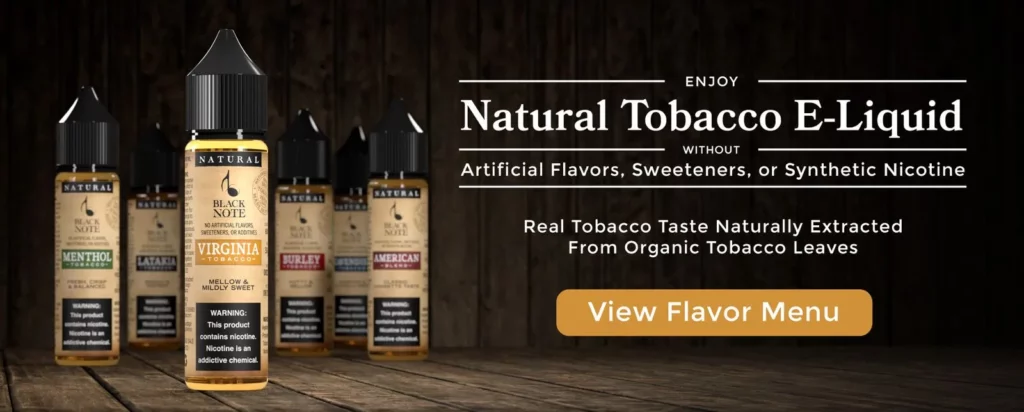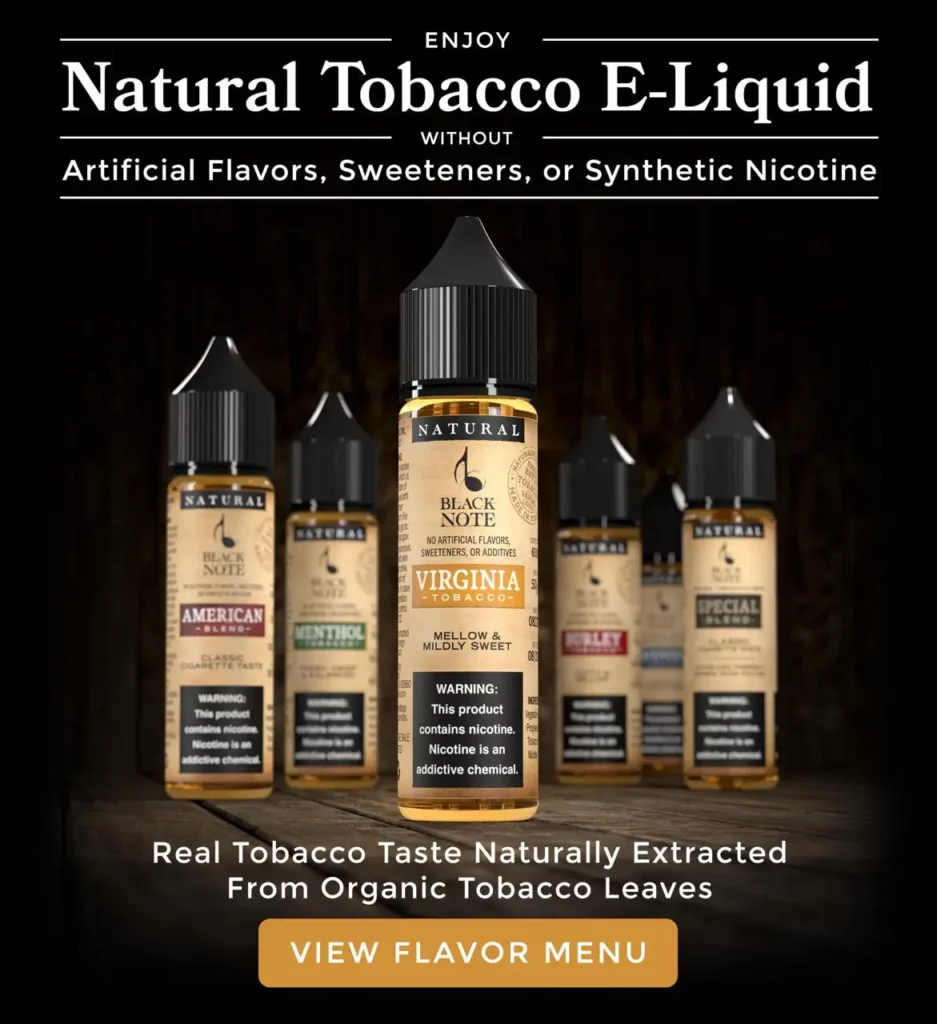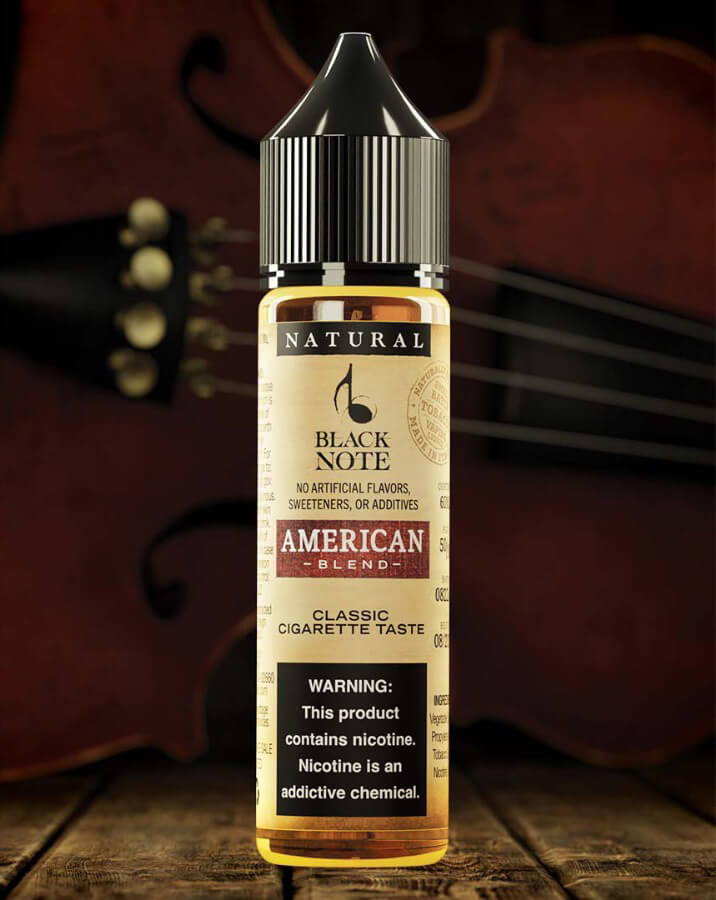Synthetic nicotine is produced in a lab using chemical compounds. Most liquids utilize tobacco-based nicotine, which involves extracting tobacco plant nicotine to produce Freebase Nicotine or Nicotine Salts that you’re familiar with. Recent developments, however, have led to the creation of synthetic nicotine.
It is yet to make a splash on the market, but there is a chance that this trend will continue to grow. TFN nicotine is the most popular electronic liquid trend that will be in place in 2022.
Fighting a craving for nicotine is among the most challenging tasks a person can undertake; however, it is one of the best choices to take care of your health. All of these can result in illnesses like cancer and others. Today, companies are offering synthetic nicotine, a type of nicotine that gives a euphoric experience without smoking tobacco.
How is Synthetic Nicotine Made?
Synthetic nicotine is created in a lab, then sold under the name of “tobacco-free nicotine” by the vape and tobacco industries. It’s been in use for centuries. However, the industry has recently brought it back to be used in vape products. Synthetic nicotine is produced in a lab rather than made from tobacco leaves.
While the process of creating synthetic nicotine has been used for a while, it’s only recently been employed in products like electronic cigarettes because the production costs have been reduced. It is made into liquid, which is why it is incorporated predominantly into vape products.
Is synthetic nicotine harmful?
Compared to most tobacco-based Nicotine, Synthetic nicotine is technically more secure because it has no contaminants from cigarettes. Many people consider nicotine to be relatively harmless on its own, but it can be highly addictive and must be treated with caution. Nicotine naturally occurs in food items, including tomatoes, peppers, potatoes, and aubergine. However, the amount of nicotine in these foods is minimal.
Can we use nicotine in a safe way?
Nicotine is the calming chemical you become addicted to as we see in smokers of cigarettes. Although you can detect high nicotine levels in tobacco (8 percent to 14%) However, you may be able to find an addictive alkaloid in other undesirable elements belonging to the nightshade family, though in lower amounts. Other typical foods such as tomatoes, green peppers, eggplant aubergine, potatoes, and the coca plant leaves have nicotine-rich traces.
Here is a common belief about nicotine: that even small doses are not a threat to your health. The burning of tobacco, along with the various carcinogens released in your body each time you smoke, is the actual cause of death.
Nicotine is addictive substance that has safe alternative ways to take it other than smoking cigarettes. When you switch to electronic cigarettes, you eliminate carbon monoxide.
The significant part about vaping liquids is that you can select the amount of nicotine you prefer. If you usually smoke cigarettes or roll tobacco or liquid, one with an extremely high 1.8 percent nicotine content could offer a similar experience. In the future, if you need to alter your liquid, you can select the 1.2 percent lower amount and then 0.6 percent, and then wholly nicotine-free.
Electronic cigarettes use a liquid called “freebase.” It comes from the tobacco using an enzymatic process to create the final product, which is ninety-nine percent pure.
To improve its taste, we combine nicotine with propylene glycol (PG) and vegetable glycerin (VG).
What is synthetic nicotine?
E-cigarettes and vape devices use synthetic nicotine. There are around 98 products that are available on the U.S. market using synthetic nicotine. They include disposable vape pens, nicotine pouches, nicotine toothpicks, and moist nicotine snuff.
Has the FDA approved synthetic nicotine?
FDA does not have a prohibition on any tobacco products. This includes vapes, nicotine substitutes, etc. We anticipate that many products will stay in circulation while companies submit applications for approval to market their products.
Importance
Although most companies try to keep it pure, they fail to reach 100% purity. Companies that make nicotine synthetically claim it is more hygienic than nicotine found in tobacco. It is also inert and without flavor. There isn’t any change in how people consume synthetically produced nicotine that can reach expected levels.
Products for synthetically produced nicotine could be a bit higher than tobacco, considering the quality and manufacturing costs. The ingredients used to mass produce nicotine come from FDA-authorized dealers with assurance and quality marks. Synthetically produced nicotine is patent-pending by the FDA because it has to comply with the legal requirements.
Is there a vape with no nicotine?
People often refer to smoke-free liquids as either long fills or short fills. These liquids contain only the PG, VG, and flavorings typically included, and do not include nicotine. These nicotine-free liquids are great for those who want to smoke without nicotine or limit their nicotine consumption. Shortfalls are made with enough space inside the bottle for you to add your nicotine shot.
This lets you lower the amount of nicotine you consume by adding lower or less strength to your favorite vape flavors. Overall, how synthetic nicotine becomes popular will depend on the direction of the market. In light of changes to the law, certain companies make synthetic nicotine. Still, due to the process used to develop it, it is likely to be costly to make, which is why it hasn’t been able to become fully popular.
Is Synthetic Nicotine Safe?
Although the flavor of synthetic nicotine needs additives, it’s still secure. Those who want to reduce overall nicotine levels and break links to tobacco could gradually reduce their nicotine levels until they don’t need it longer. You can vape nicotine-free till we are ready to stop completely.
How Can I Buy Synthetic Nicotine Vape Liquids?
The biggest producers of synthetic nicotine are in the United States and Europe. If you live in the US or Europe, you’ll likely find that your favorite liquid producers already use synthetic nicotine. If they’re not making use of TFN nicotine at the moment, they will shortly. To find TFN-based liquid, you must check out the offerings at your local or online vape shop.
In general, when liquid companies switch to synthetic nicotine, they’ll notify their customers. TFN nicotine is appealing if you’re looking to stay away from cigarettes.
Additionally, changing from tobacco-derived to synthetic nicotine is a big investment. A brand that makes this switch is aware that this is not a simple change in their product line. Synthetic nicotine is more expensive than nicotine derived from tobacco. Vape companies are eager to keep their customers informed of any changes to their products. This will help them attract and keep their growing community of loyal customers.









